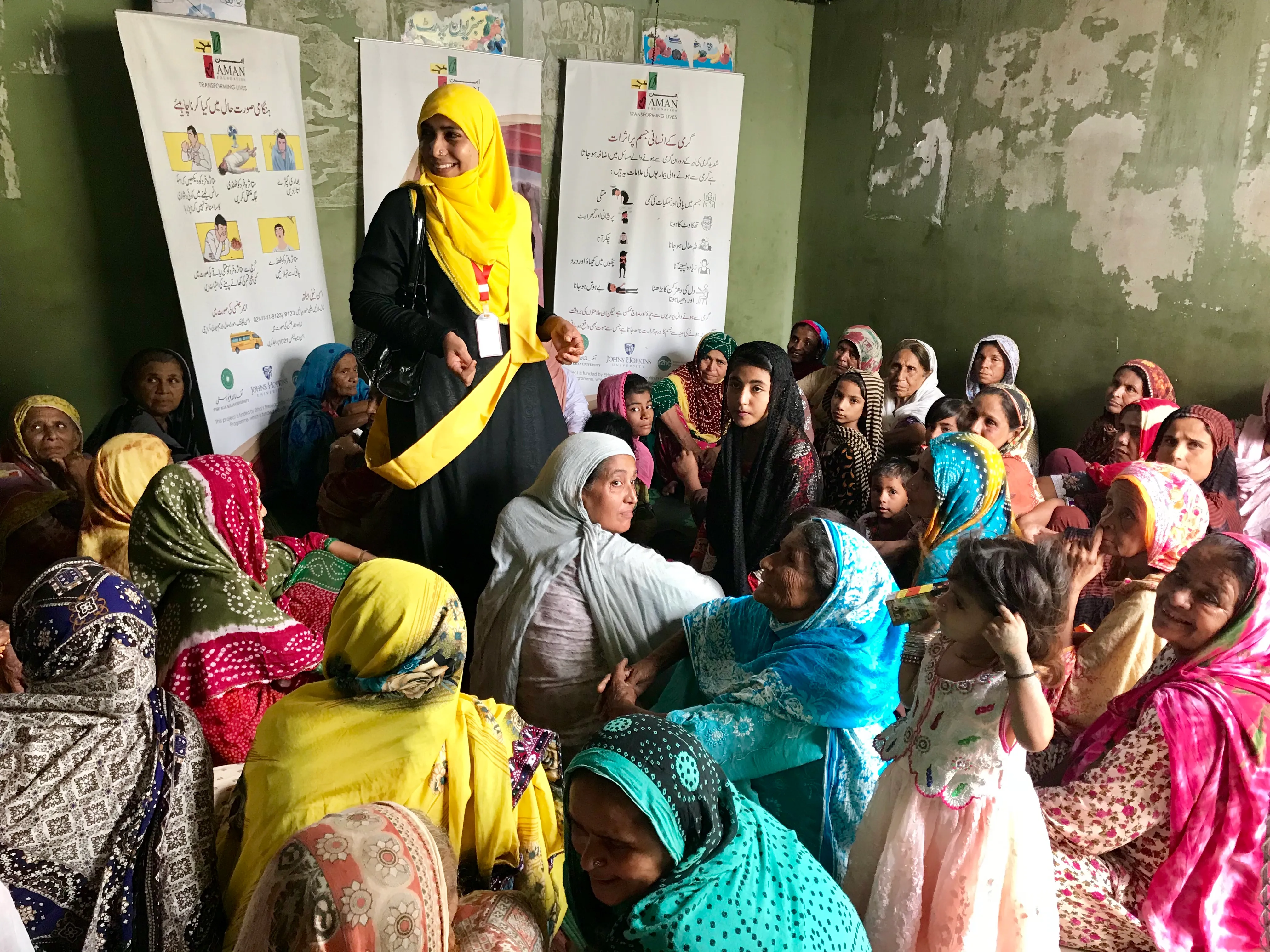When the contingency planning comes into play...

Access to timely and accurate information is often very limited in areas where mines and other explosive remnants of war (ERW) pose hazards to the local population.
The Danish Refugee Council/Danish Demining Group (DRC/DDG) is piloting a two-way communication web portal and parallel SMS service that will improve the information provision and exchange between the people living in the affected communities and the Mine Action (MA) actors assisting these communities.
By improving the flow of information, the objective is to empower people living in ERW affected communities to engage in the mine action and to enable them to be safe in areas contaminated by ERW.
Since the last blog
In the last blog we shared our approach to and experiences with implementing an innovation project in a context affected by ongoing conflict. The main lesson learnt for the pilot team is the importance of a continuous focus on dialogue with national stakeholders, supported by a continuous analysis of the situation as it evolves.
To recap; the concept of our pilot project consists of 2 elements: 1) digital Mine Risk Education and 2) crowdsourcing information about suspected dangerous items. Plan A for the project was to implement both of these elements simultaneously.
However, as with any project, there’s always a plan B and C as part of the risk management in case things do not work out as expected. In a previous blog it was mentioned that it has been no surprise that certain elements of the project could be considered too controversial in the context of an ongoing armed conflict and so strategies have been developed for such events. These potentially controversial elements are the crowdsourcing and the public heat map showing the approximate location of received reports.
The plan B for the pilot has therefore been to take a phased approach to project elements instead of putting a pause to the project altogether. This approach allows more flexibility, as it allows time for the necessary dialogue on and analysis of the options for full project implementation of all elements, while at the same time having the opportunity to test the “non-controversial” parts of the pilot – i.e. the digital Mine Risk Education as soon as possible.
For this reason the pilot team is now working on developing an approach to digital Mine Risk Education that is as efficient and sustainable as possible in the new pilot area, Mariupol in Donetsk region. The national pilot partner, the State Emergency Services, is to an extent already trying to inform the local population of the risk associated with explosives online and so the pilot team needs to assess how these efforts can be strengthened rather than duplicated. A re-assessment of needs and current initiatives by other stakeholders is therefore necessary.
Meanwhile, every day the State Emergency Service finds and clears explosive ordnance to keep civilians safe. Just take a look the below national statistics. These numbers only reflect work in the areas that the State Emergency Services has access in the Government Controlled Areas of Ukraine; due to the intense fighting along the contact line and inside the Non-Government Controlled Areas, the level of contamination will be much higher than what these numbers reflect.
For the reasons above the pilot team is heading to the pilot area in the coming week to follow up on previous discussions and analysis in preparation for the digital Mine Risk Education output.
Next blog
In the next blog we will share the outcomes of the trip to Mariupol!
Stay updated
Sign up for our newsletter to receive regular updates on resources, news, and insights like this. Don’t miss out on important information that can help you stay informed and engaged.
Related articles



Explore Elrha
Learn more about our mission, the organisations we support, and the resources we provide to drive research and innovation in humanitarian response.